By Julia Laquerre with the Climate Justice and Sustainability Hub
While walking through Northeastern University’s Boston campus, you may have noticed the exceptional scenery. The university Arboretum carefully cultivates each plant to guarantee every New England season is picturesque and our campus is biodiverse. They arrange a diverse ecosystem of plants that peak at various times of year- their season of interest.
1. Cedar of Lebanon, Cedrus libani subspecies stenocoma
You may have spotted this tree at the center of the Lebanon flag, it symbolizes protection and perpetuity. Located on Mount Lebanon, the Cedars of God was once one of the largest Lebanon cedar forests in the world. The forest has shrunk in size after centuries of deforestation for the cedars’ exceptional building properties.
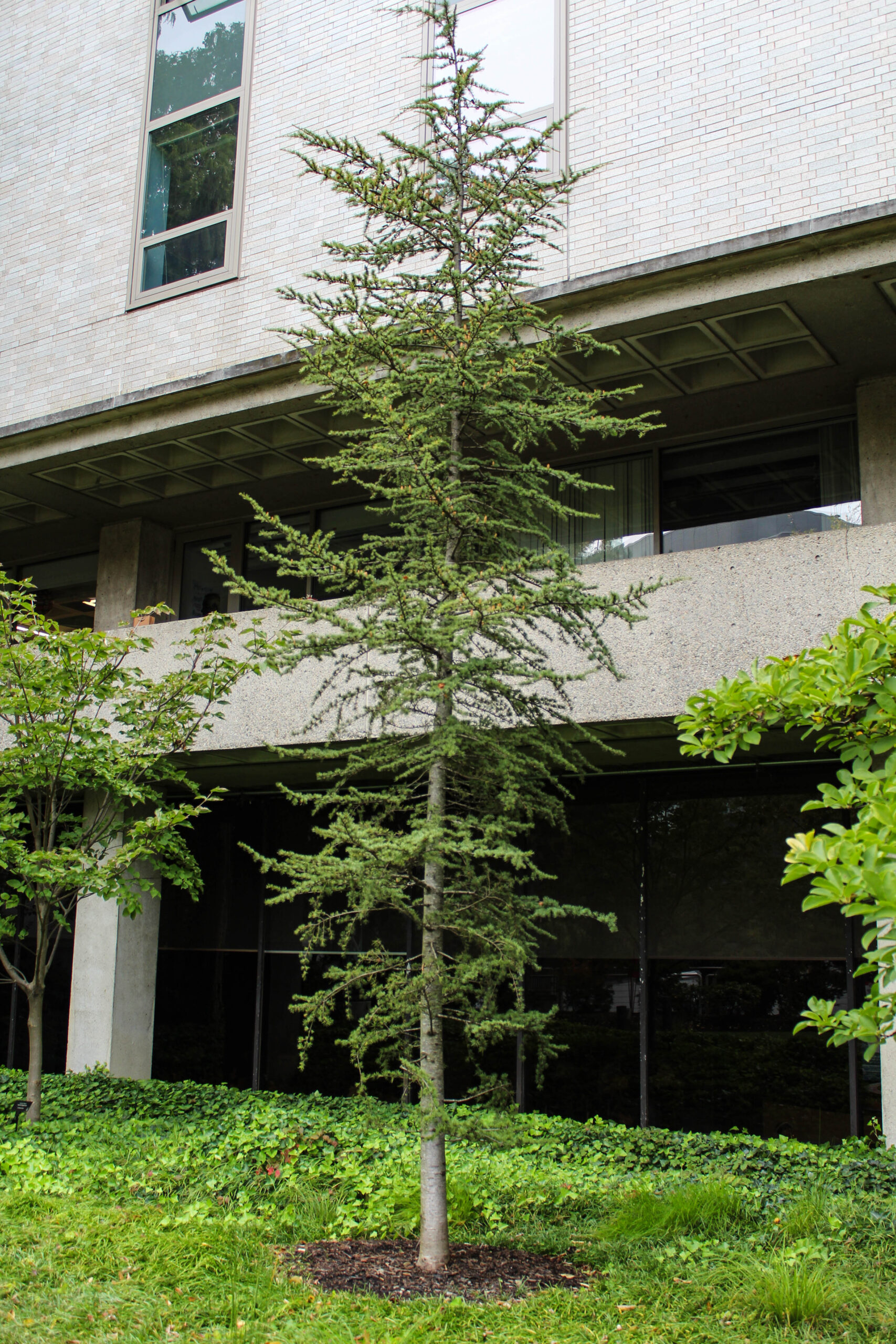 |
2. Dawn Redwood, Metasequoia glyptostroboides
In the wild, the Dawn Redwood is an exceedingly rare tree and was thought to be extinct until discovered deep in the forests of China. It is the only living species in its genus and is prized for its delicate soft leaves and textured bark. Metasequoia is also one of very few needled trees that loses its needles in the winter!
 |
 |
3. Franklin Tree, Franklinia alatamaha
Named after Benjamin Franklin, this tree is the only species in the Franklinia genus. It is native to the Altamaha River in Georgia and is extinct in the wild. The Arboretum chose it because of its rareness and its flowers that bloom into Autumn.
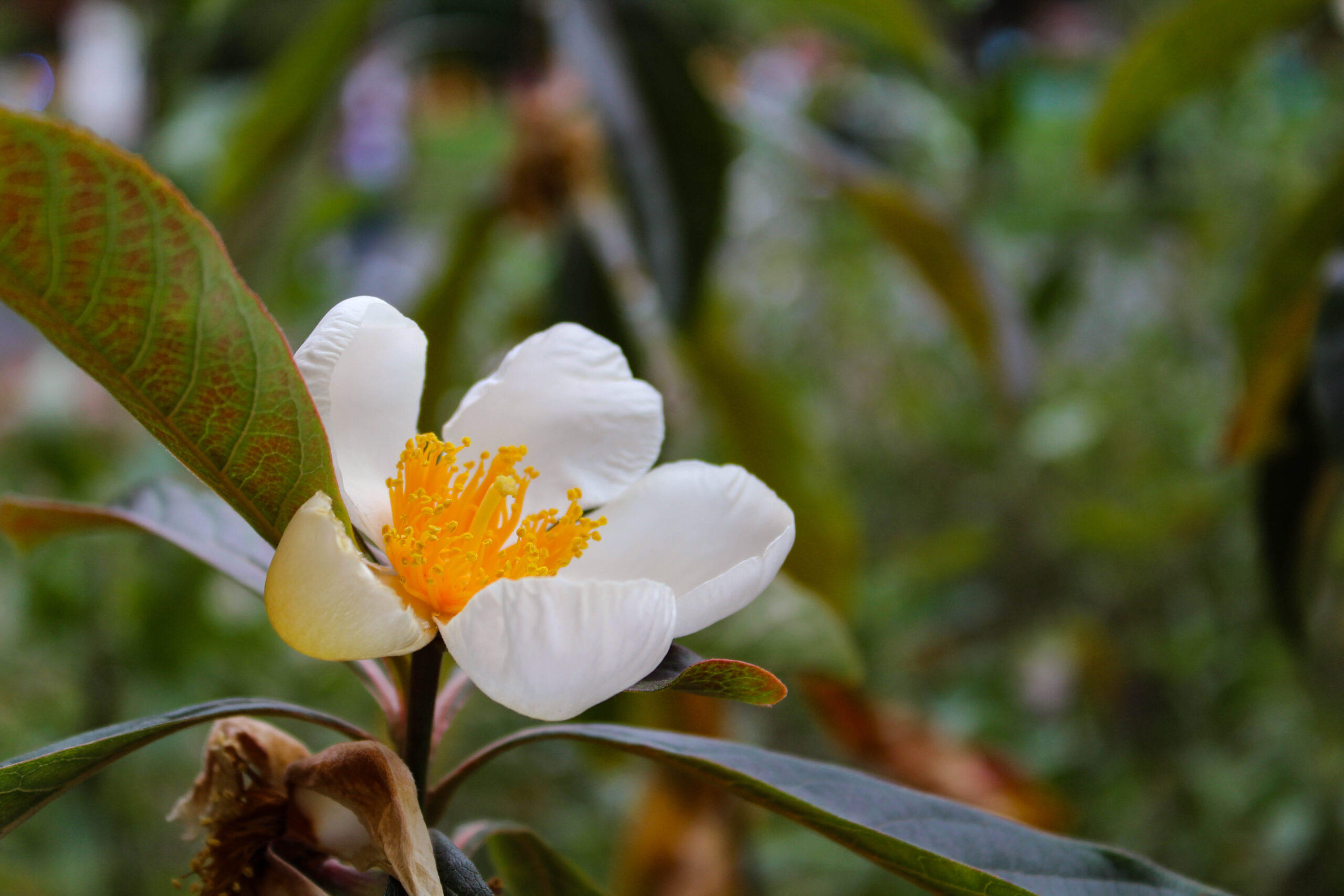 |
4. Scots Pine, Pinus sylvestris
This captivating tree is green all year round and it is one of the most common Christmas trees. The red and textured bark stands out against its dark green needles.
 |
5. Big Leaf Magnolia, Magnolia macrophylla
Native to the southern United States, the big leaf magnolia has the largest leaves and flowers of any eastern North American deciduous species- trees or shrubs that lose their leaves seasonally.
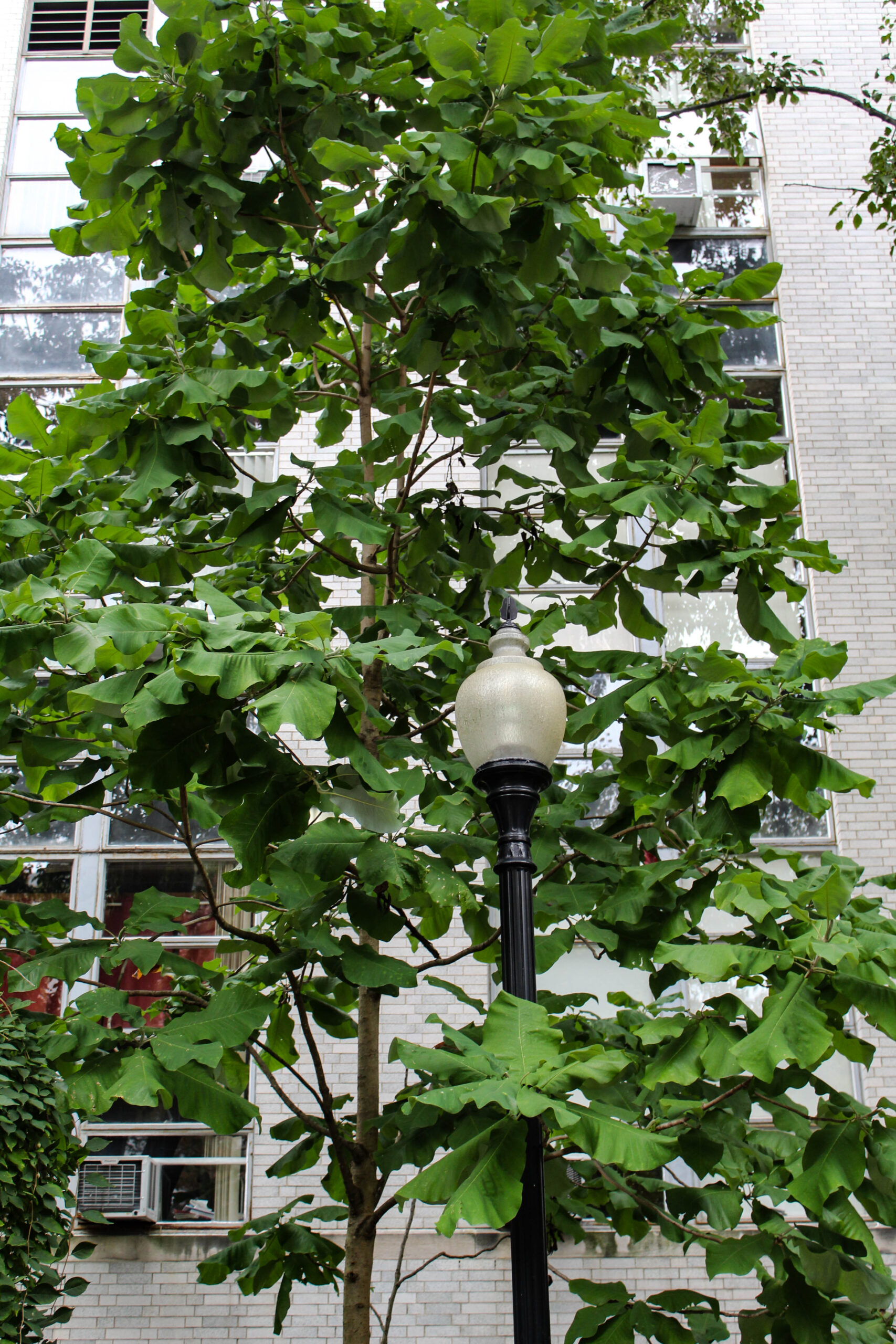 |
6. Hinoki Cypress, Chamaecyparis obtusa
Native to the mountains of Japan, the Hinoki Cypress tree is often used as lumber and its oils can be extracted to make a soothing and slightly citrusy essential oil. It is also a popular subject for bonsai. The Northeastern Arboretum values this tree for its twisting trunk and bark.
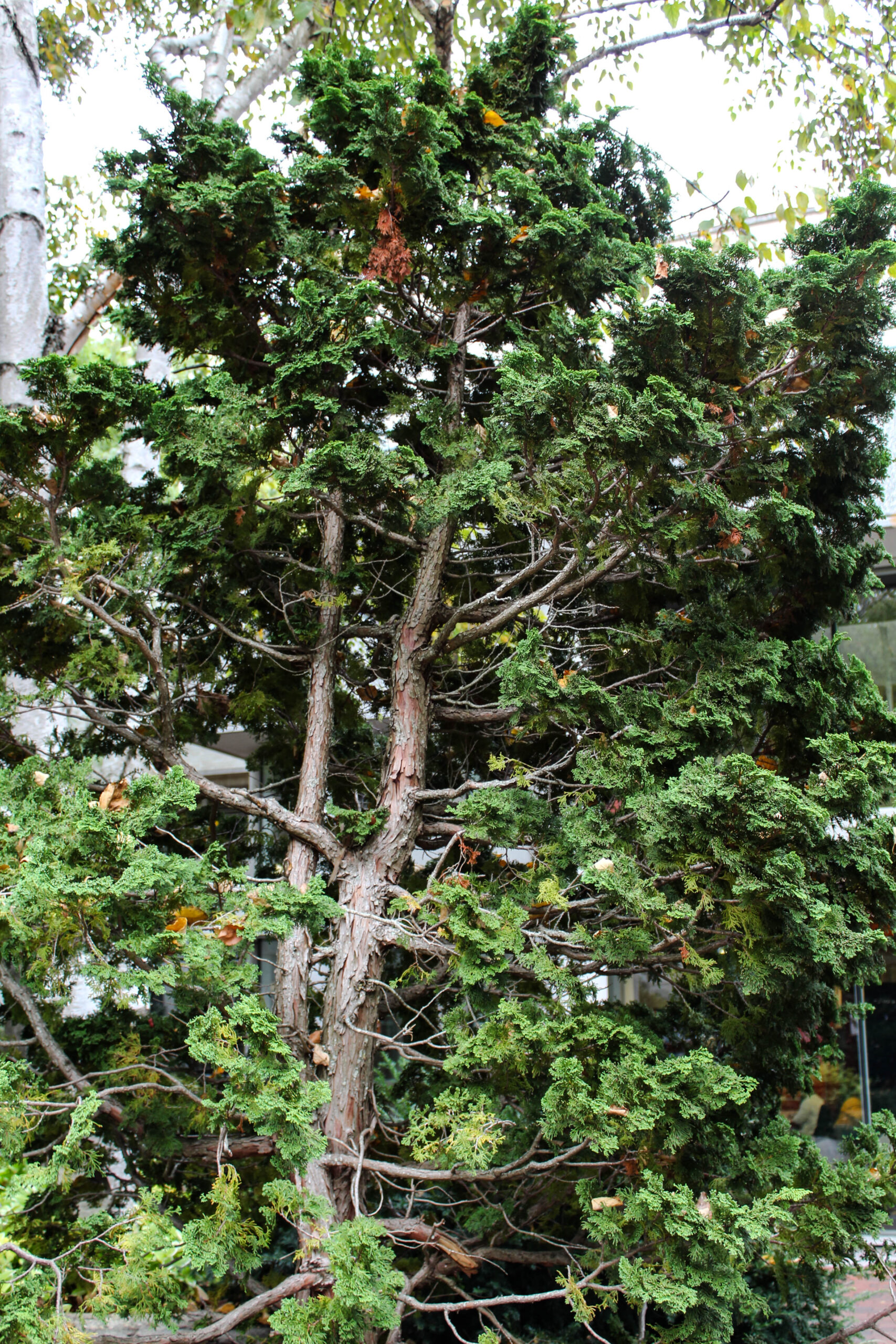 |
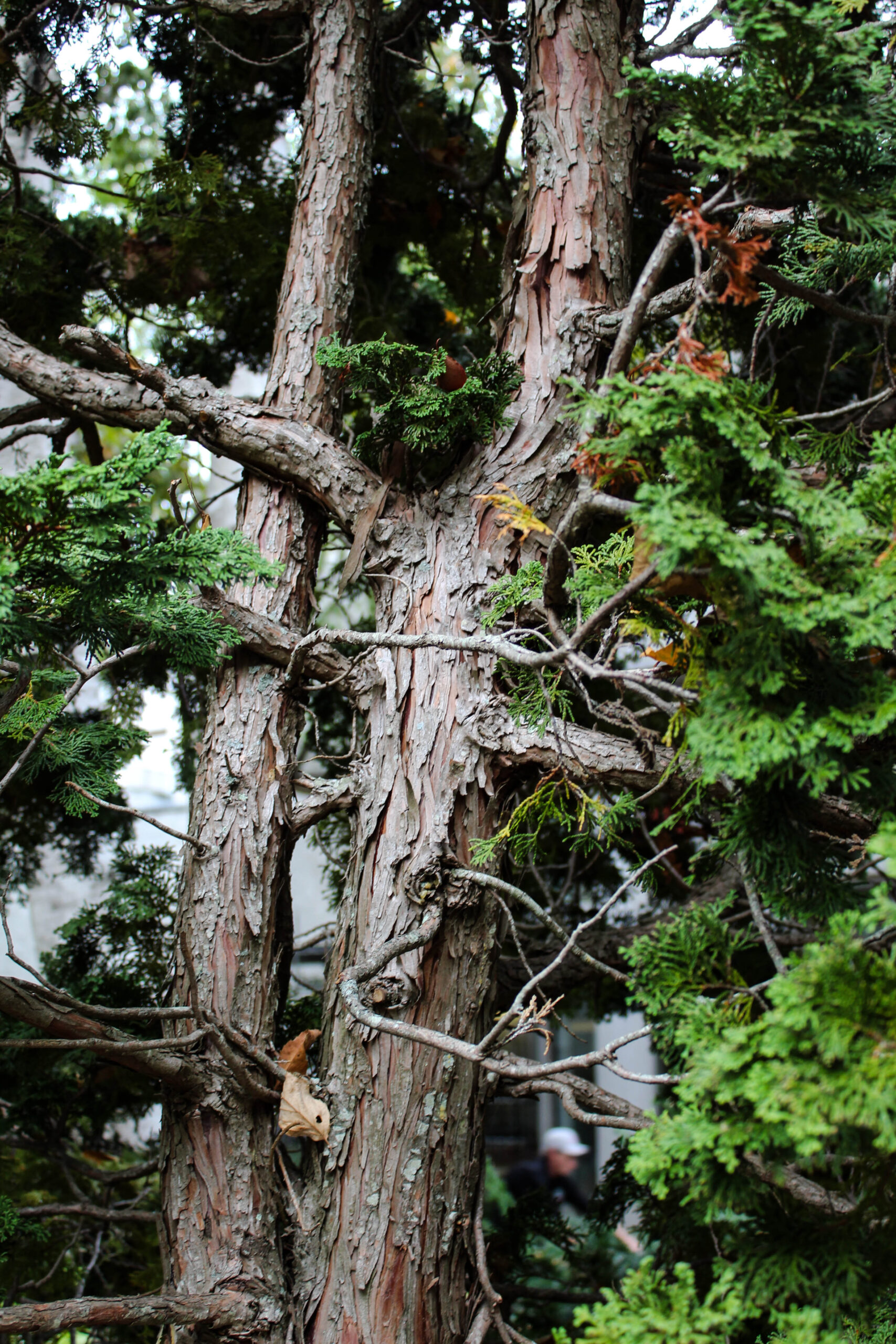 |
7. Maidenhair Tree, Ginkgo biloba
A living fossil, the Ginkgo species is 190-220 million years old. The troll cultivar, imaged below, is one of the many selectively bred varieties in the family. This specific cultivar has reached its full height, but the straight species of Ginkgo can grow to 60-80 feet in the wild given a few hundred years. All the ginkgo trees on campus are male because the female trees produce fruits that have a strong, unpleasant smell. Take a closer look at the unique fan-shaped leaves.
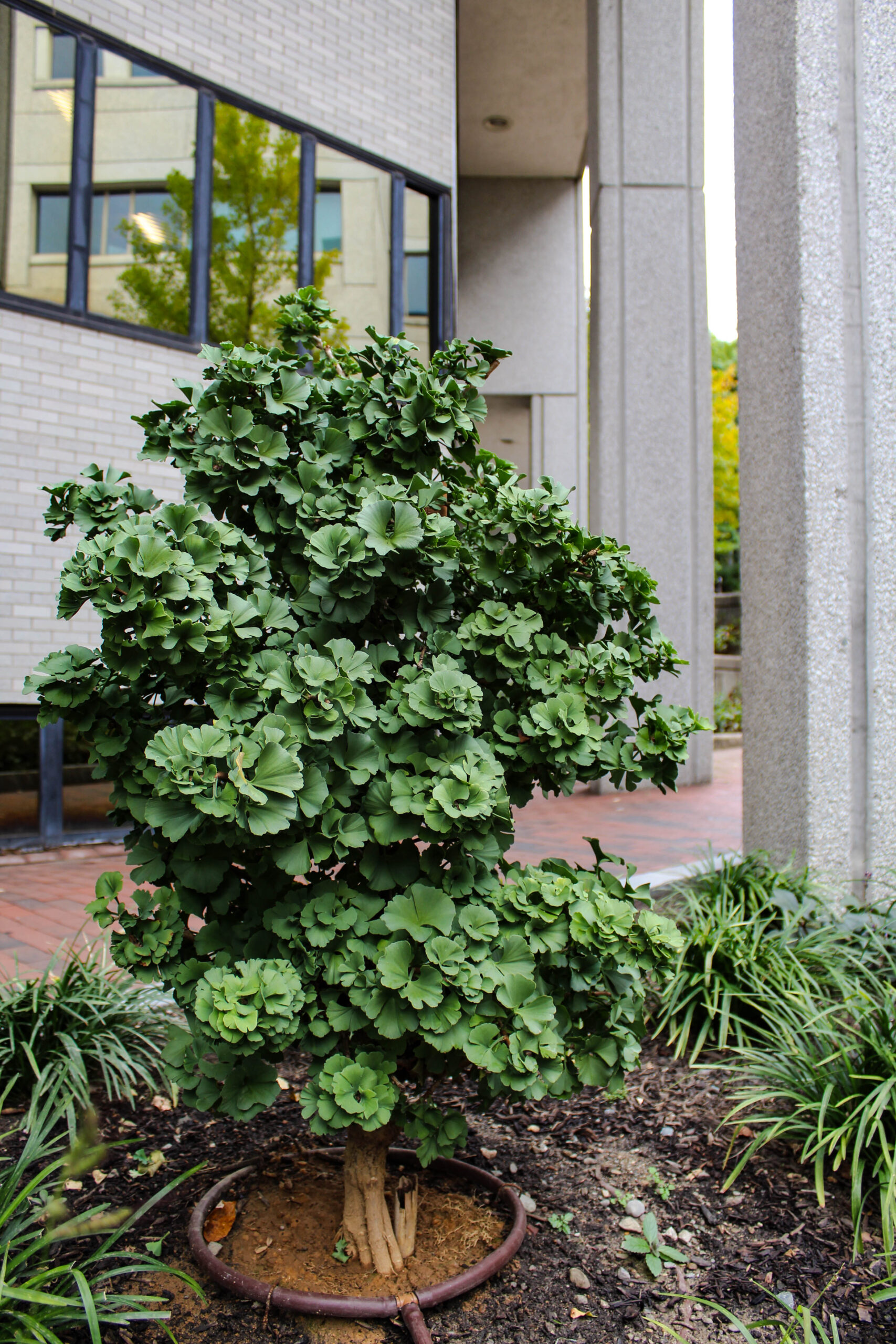 |
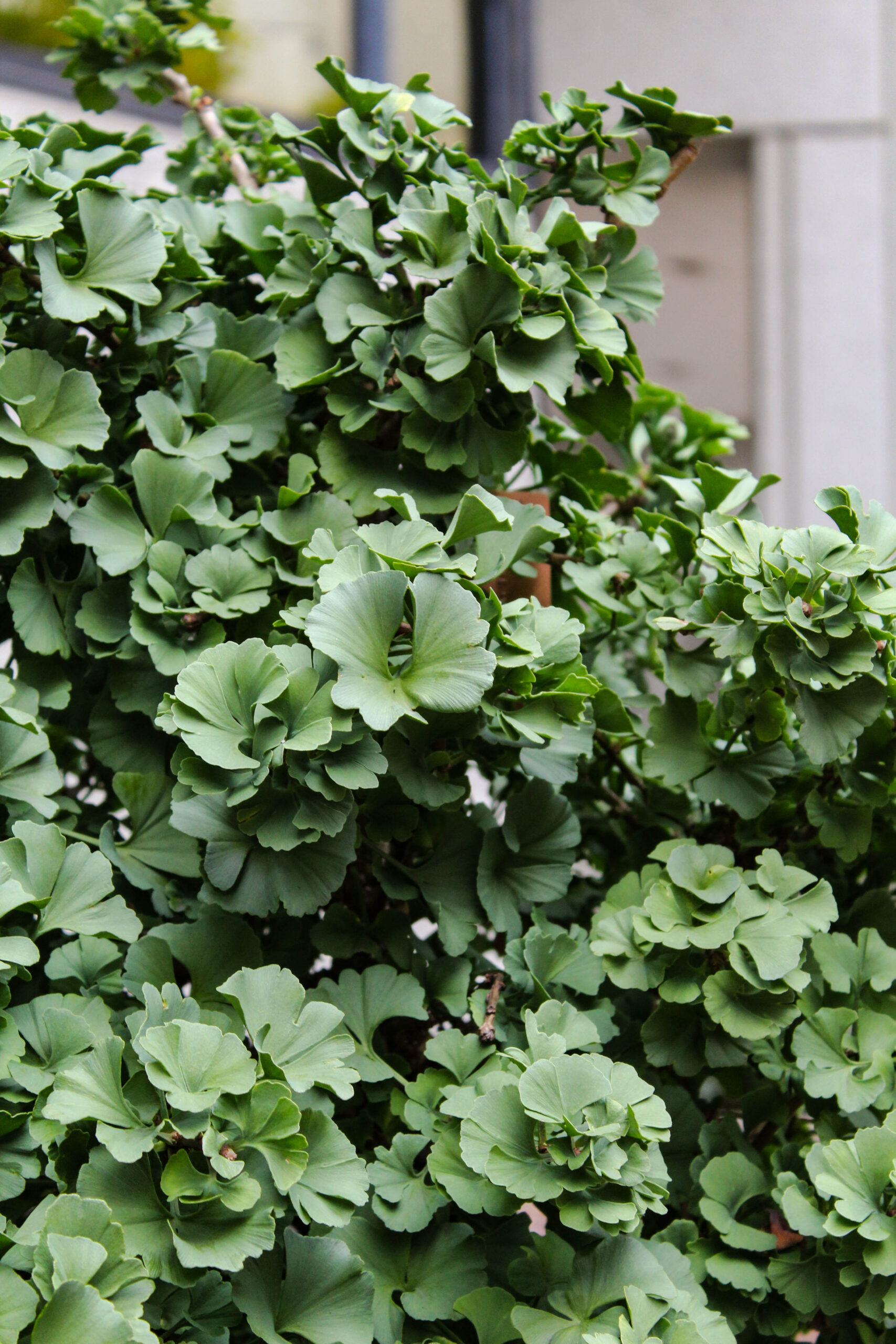 |
8. Mexican Flowering Dogwood, Cornus florida var pringlei.
It may not look like much now, but the Mexican Flowering Dogwood blooms beautiful white lantern-like flowers in the spring. It is the newest dogwood, on the Boston campus, out of the many species and hybrids the Arboretum houses. Visit it in April or May to experience its full elegance.
 |
Image by Stan Shebs from Wikimedia Commons
9. Kay Parris, Magnolia grandiflora
Beautiful for most of the year, the Southern Magnolia blooms fragrant white flowers in the spring and sports leaves with a green top and dark amber on the underside. Many experts believe it is one of the oldest flowering trees in the world!
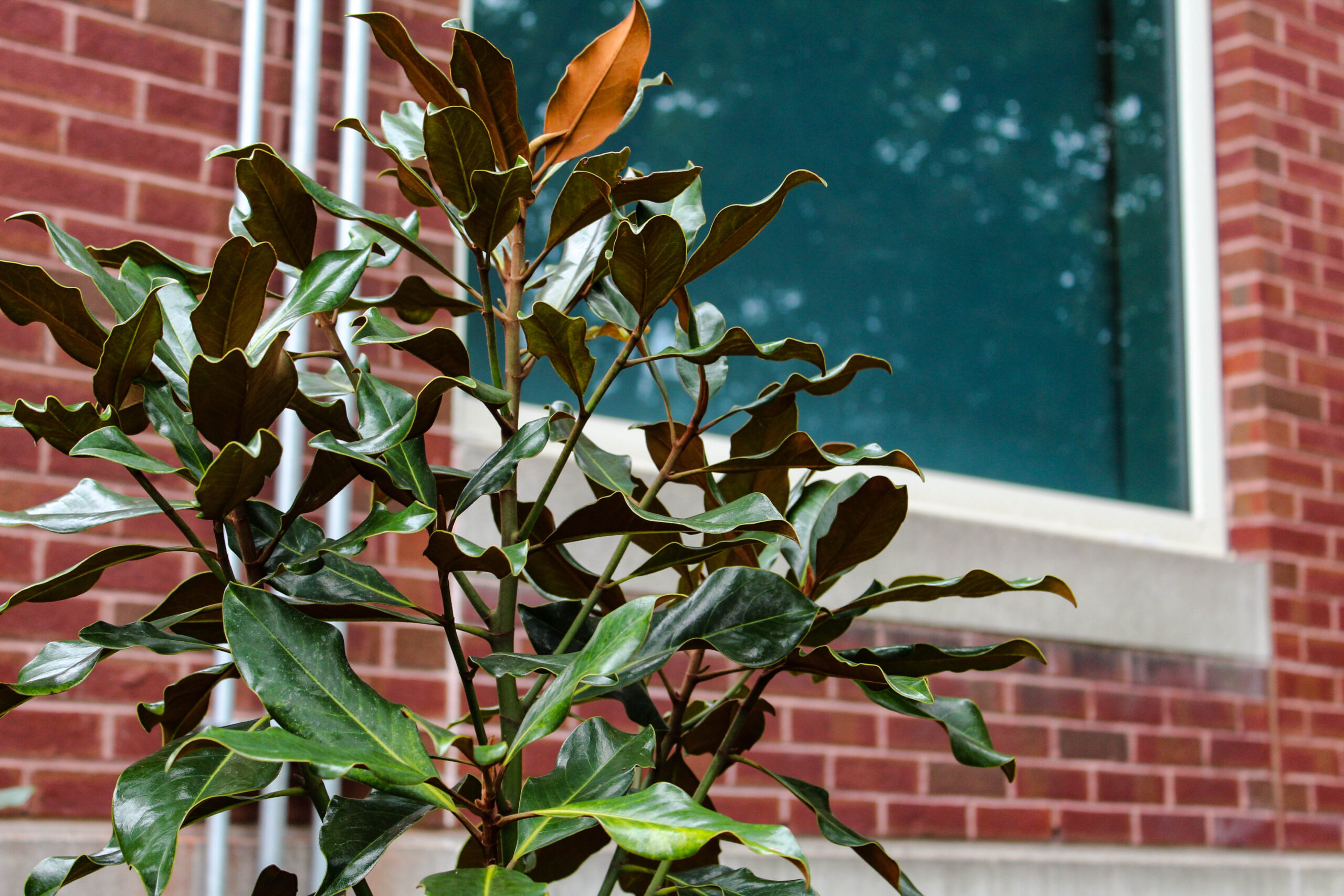 |
10. Weeping Katsura, Cercidiphyllum japonicum ‘Pendulum’
Northeastern’s Weeping Katsura is about five feet tall, but the vertical varieties can grow to 50-100 feet! It is a great tree to relax and cool down under its drooping foliage, especially in the fall when it often smells of caramelized sugar.
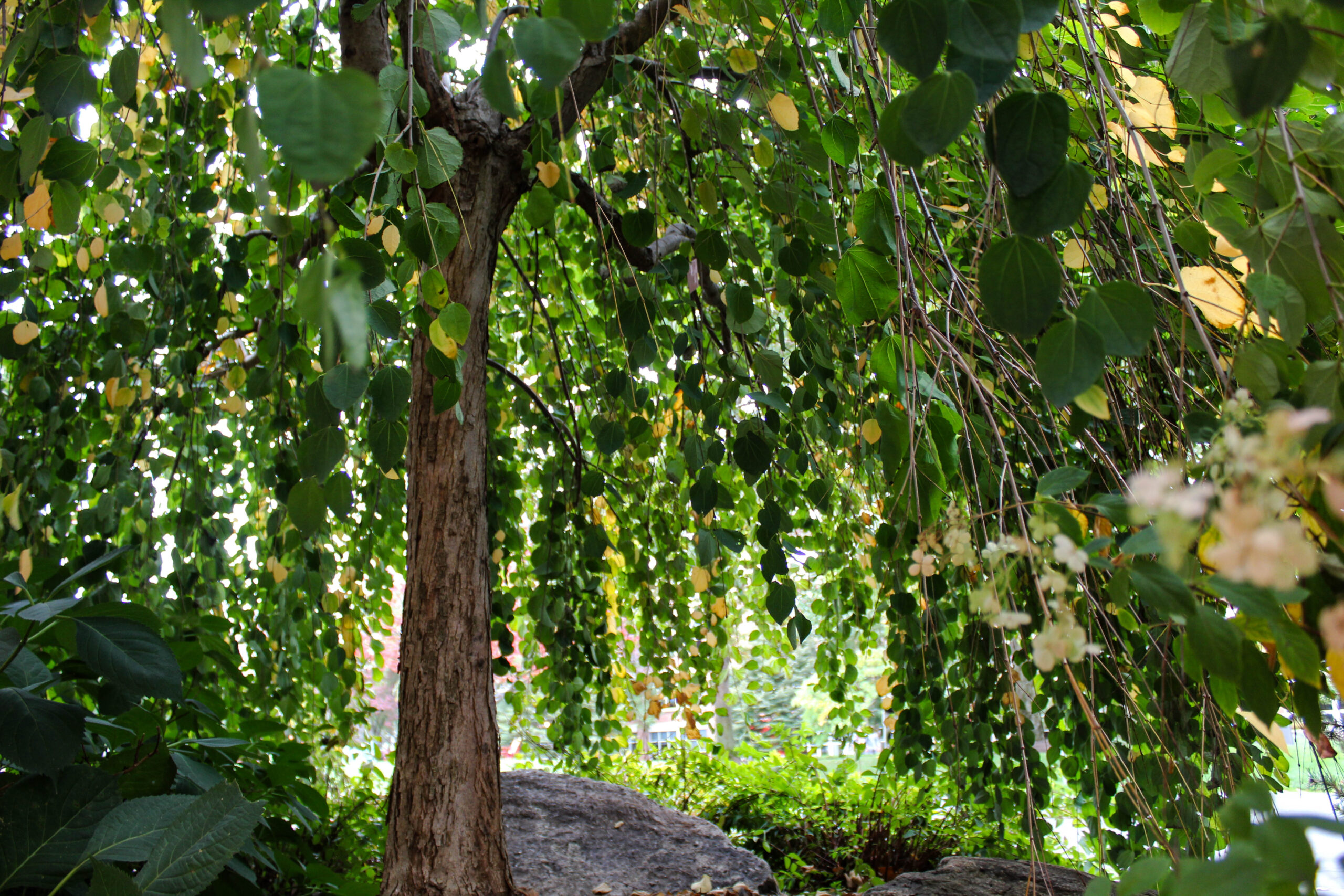 |
11. London Planetree, Platanus x acerifolia
Can you spot the tree in the image below? The London Planetree is known for its extravagant peeling bark that often looks like camouflage. It can be found outside of Behrakis Life Sciences building on the Boston campus.
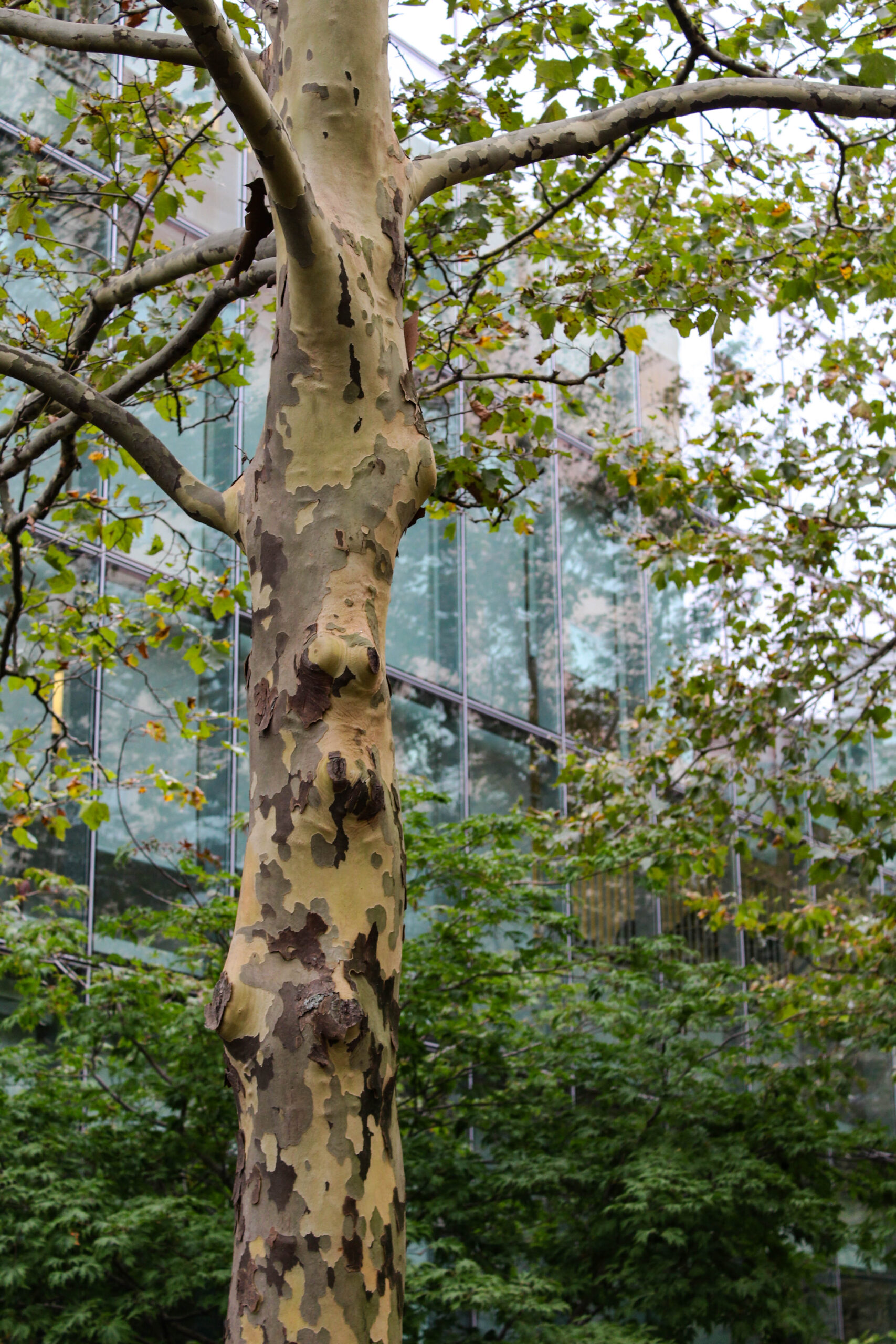 |
12. Paperbark Maple, Acer griseum
The Paperbark Maple is unique compared to its fellow maples; its ornamental bark peels in paper layers that are an orange-brown color. As one of the last maples to change color, fall is this tree’s season of interest. Even without leaves, this tree is fascinating to examine, so be sure to give its bark a look in the winter.
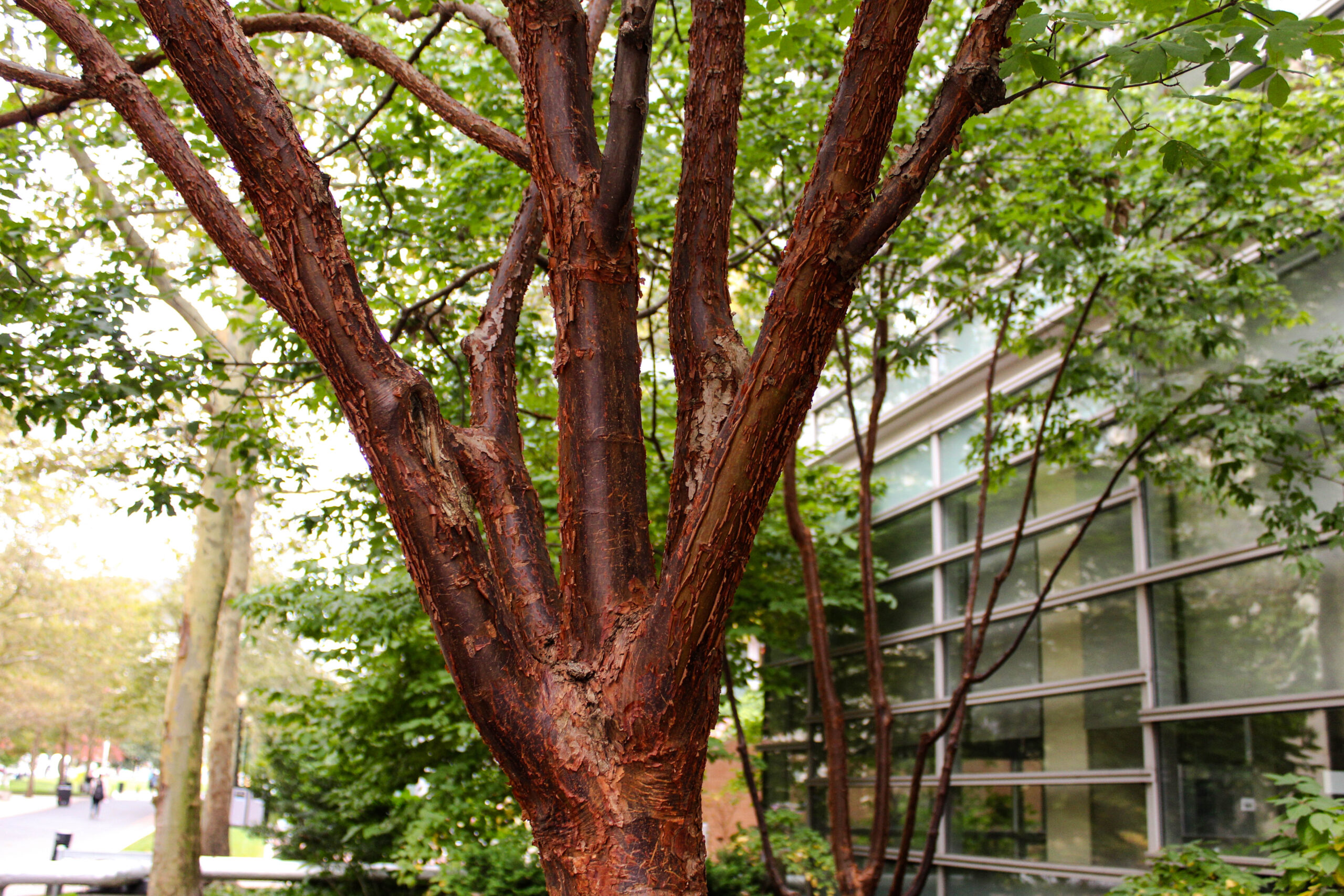 |
13. Japanese Maple, Acer palmatum
The leaves of the Japanese Maple are extremely delicate and are prone to sunburn when planted in strong, direct light, but when fried they are a popular snack! The tree is also dioecious, meaning they have both male and female flowers on the same plant. They can either grow large to their natural height of 10-25 feet tall or be kept dwarfed.
 |
 |
14. European White Birch, Betula pendula ‘Crispa’
White Birches are easily identifiable because of their white and black patched bark. It is not only stunning, but the bark is commonly used by hikers as a fire starter. The leaves of the Birch Tree change color throughout the year with red-ish purple leaves in the spring, bright green in the summer and yellow in the fall.
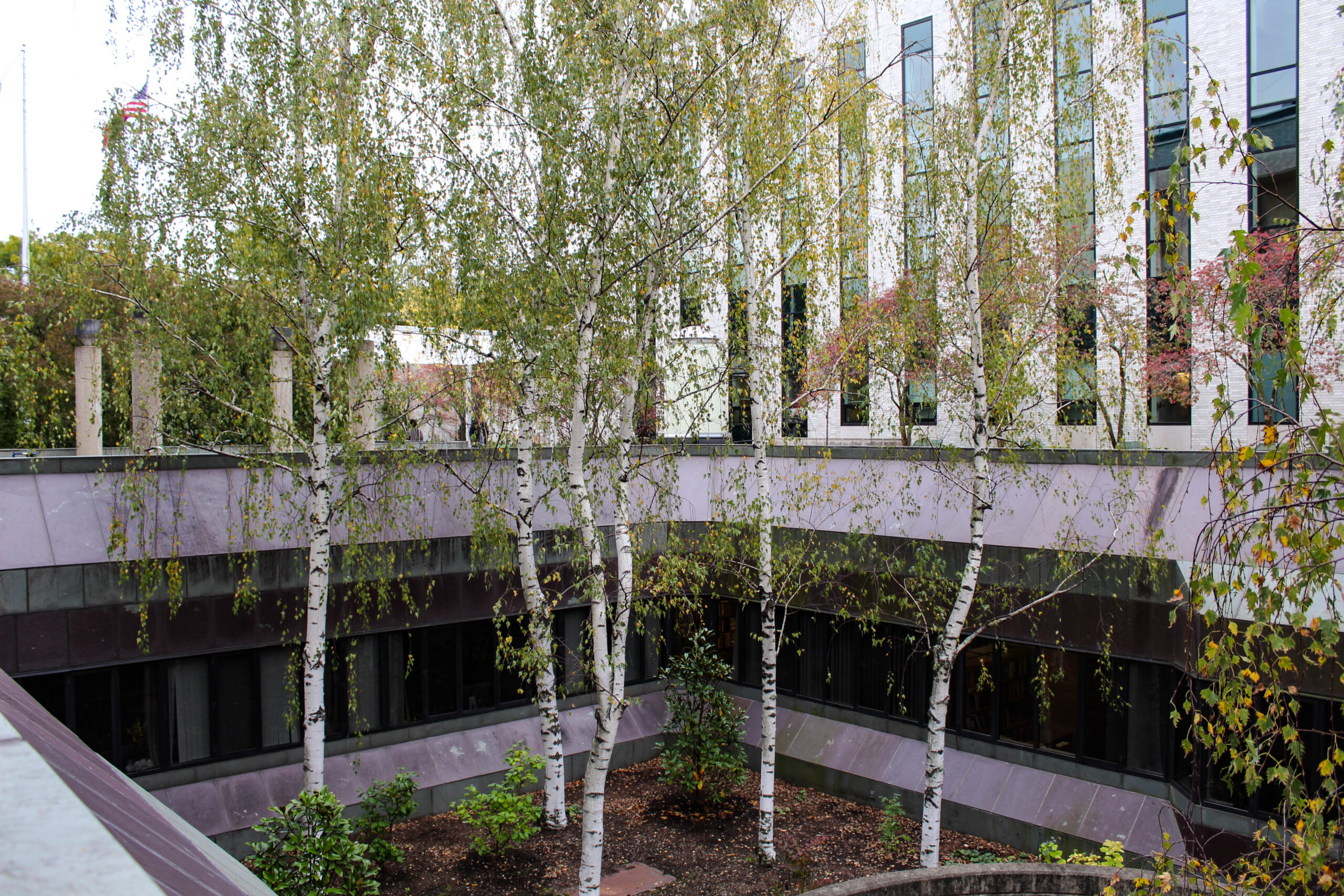 |
15. Japanese Black Pine, Pinus thunbergii ‘Arakawa-sho’
The Japanese Black Pine is a good bonsai subject because of its pliable trunk that can be twisted and turned into unique shapes. The tree is beautiful all year round with exaggerated bark plating and needles that stay through the cold months. The hardy tree is also drought and salt-resistant, making it an excellent specimen for coastal planting.
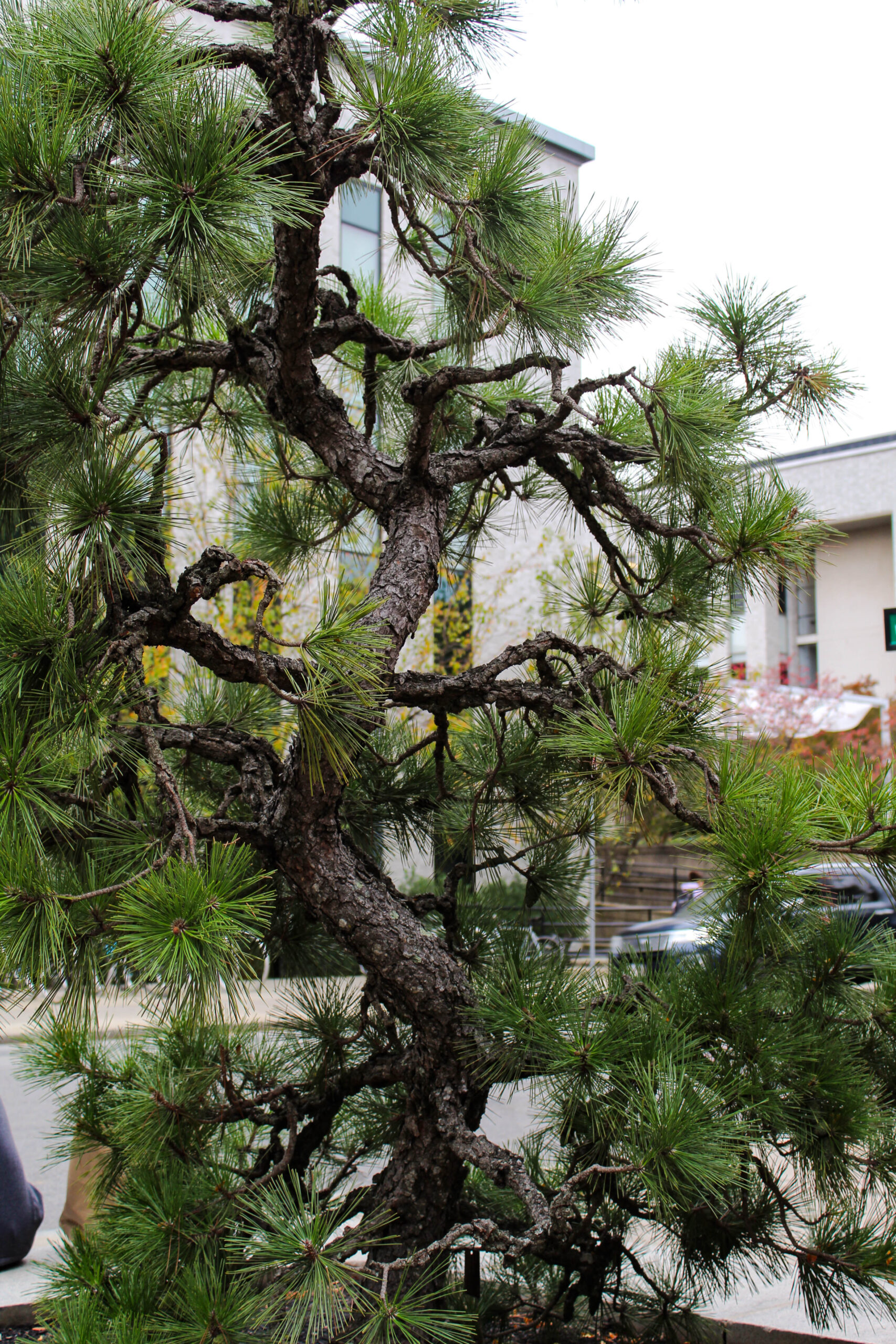 |
Written by Julia Laquerre 11-12-23
